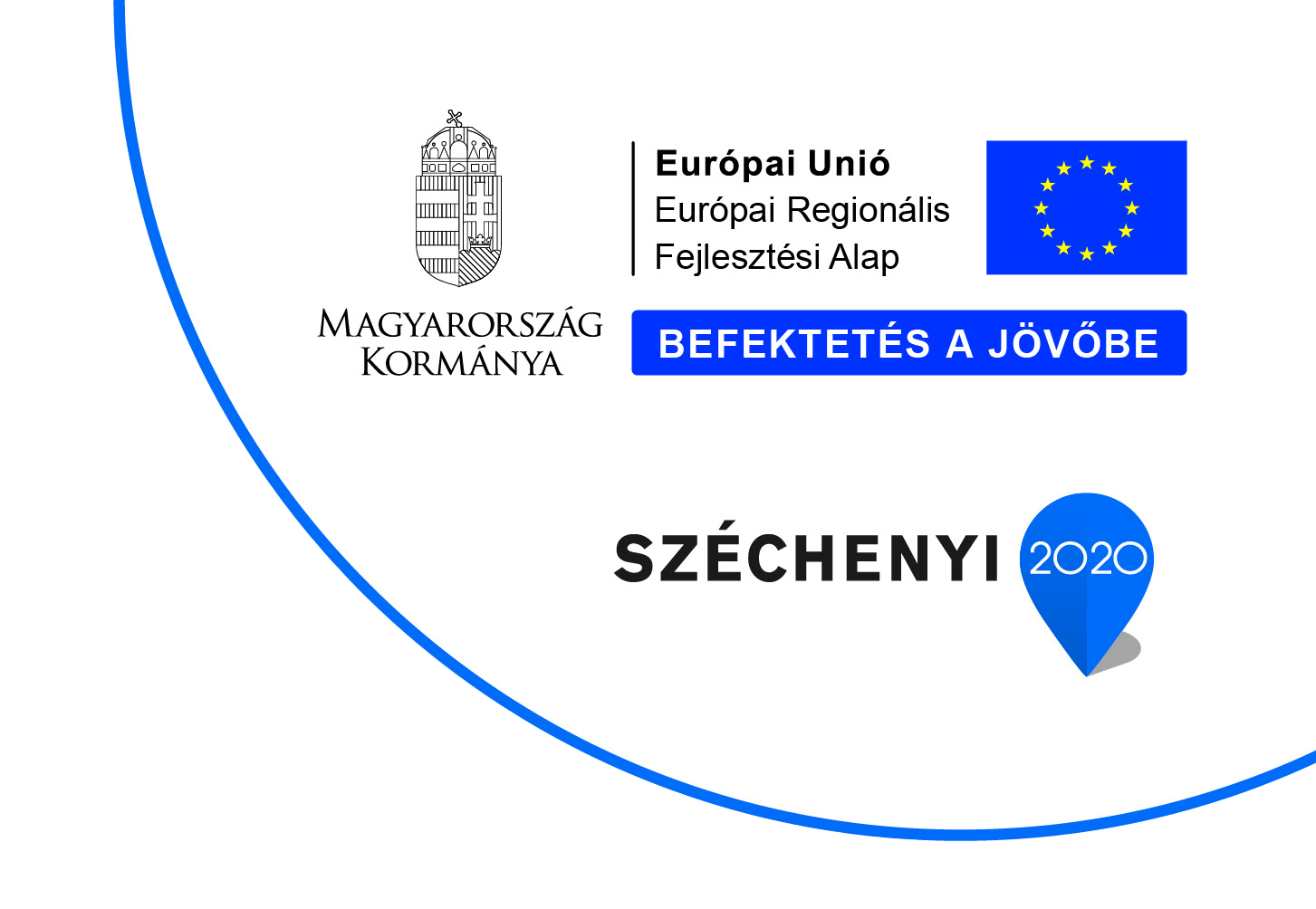This application note demonstrates the H-Cube Pro’s increased productivity in the hydrogenation of D-glucose to D-sorbitol, which is believed to be a key intermediate in biofuel production. Both the use of elevated temperatures and increased concentration were proven to be advantageous for the outcome of the reaction, resulting in higher selectivity of the desired compound and higher throughput over the H-Cube Pro continuous flow system.
Download- Home › Application notes ›
- Hydrogenation of D-glucose to D-sorbitol using continuous flow hydrogenation apparatus

